Sustainable Packaging: Biodegradable Plastic Packaging
By Zack Leung, last updated on Mar. 13th, 2023
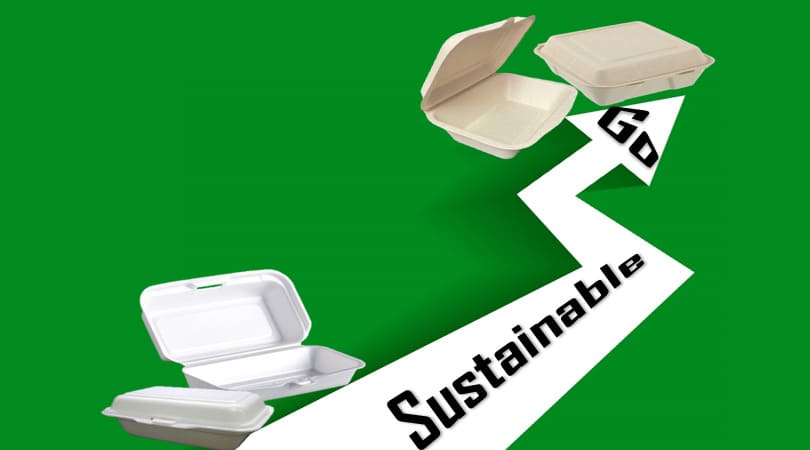
For years, plastic and Styrofoam have been the mainstream materials for manufacturing disposable fast food containers and other packaging products because of its low toxicity, high melting point, high plasticity, ease of production and relatively low cost.
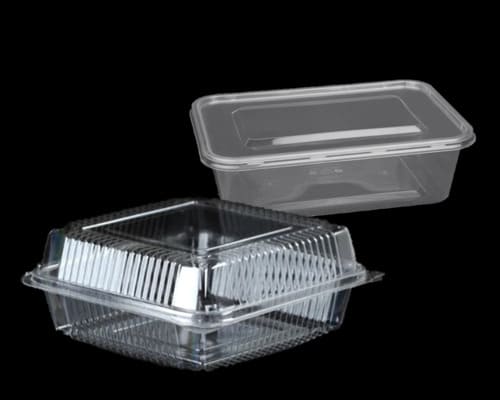
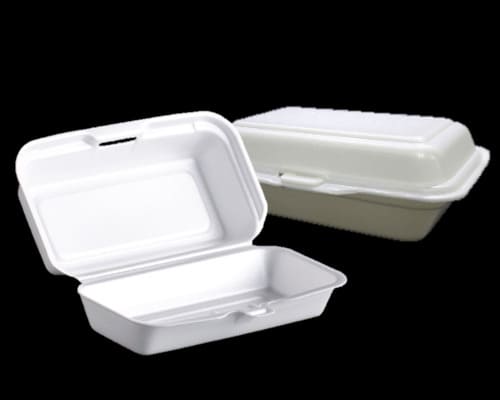
These disposable plastic products bring numerous convenience but also pollute the environment. In order to reduce the damage of plastic to the earth, many companies have started to produce biodegradable products, such as plant-based lunch boxes and PLA straws.
In this post, we will cover the current state of the plastics packaging market, as well as the challenges and prospects for biodegradable plastic packaging.
Table of Contents
Current State of the Plastics Packaging Market
Natural raw materials such as straw, rice husk, palm and other plant fibers are used to produce biodegradable products. No doubt this is one of the best uses of agricultural resources.
Now it is not uncommon for us to see this kind of biodegradable products on the market. Some catering services have already upgraded and put them to use. We can expect to see a large-scale implementation of these products not far from now.
The Difficulties We Are Facing
As the biodegradable plastics market grows, production technology plays an important role.
The fact is, compared to traditional plastic products, biodegradable materials are produced with low energy consumption and low CO2 emissions. In the context of carbon neutrality, biodegradable materials have presented a new opportunity for chemical industry.
There is, however, a limited supply of biodegradable plastics, like PLA and PBAT, in China for the time being. Two factors contribute to such production capacity in manufacturing:
- High production costs
- Technical deficiencies
Production Lines on the Rise
With the recent implementation of plastic restrictions, the Chinese market for degradable plastics is on the rise. A number of manufacturers have indicated that they are already building or planning to build Production Lines, also called Assembly Lines or Factory Lines, for degradable plastic products.
We believe the biodegradable plastics market will face short-term competition over the speed of manufacturing equipment. While in the long term, it is going to be the competition over production costs and technical skills. Whoever hold the cost and technology advantages will gain the most market share.
Plastic Ban at Home & Abroad
Disposable plastic products are used in large quantities and have a low recycling rate, causing serious pollution to the soil and marine environment.
At present, Plastic Restriction, or Plastic Ban, has become a global consensus. There have been actions taken around the world to address this issue.
For instance, on January 1, 2020, the Plastic Restriction Order part in France’s Energy Transition for Green Growth Act was officially implemented, making France the first country in the world to ban the use of single-use plastic tableware. Single-Use Plastic Straw and Bag Ban also took effect in China on January 1, 2021.
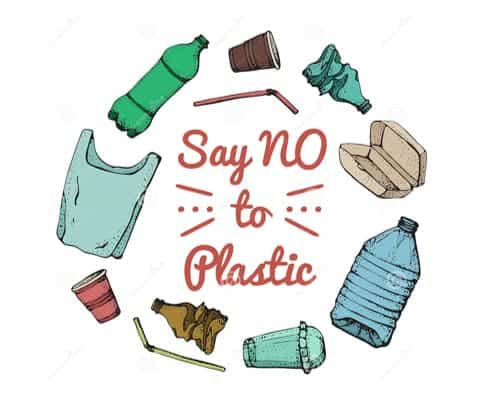
Image downloaded and edited from Dreamstime.
What’s more, the continual implementation of plastic restrictions has resulted in biodegradable products gradually replacing traditional plastic products. As you may have noticed, disposable packing boxes and plastic straws have been replaced with degradable alternatives.
Here are 3 most commonly seen degradable food packaging products.
3 Degradable Alternatives
>>Pulp Lunch Boxes
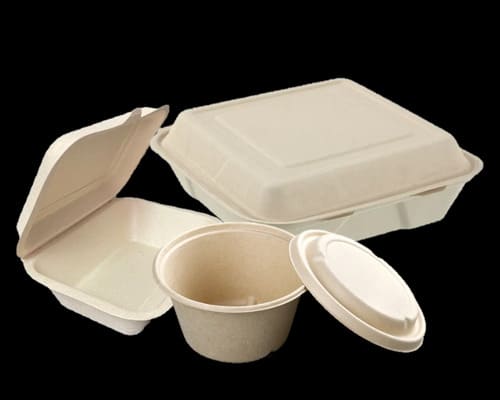
Renewable resources such as wheat straw, bagasse (also known as sugarcane fiber) and other plant fibers are used to make pulp lunch boxes. In addition, food-grade additives are added to the pulp to make these gluten-free wheat straw boxes durable, waterproof, and greaseproof.
As a result, pulp boxes are 100% compostable and environmentally friendly while keeping your food fresh and hot.
>>PLA Lunch Boxes
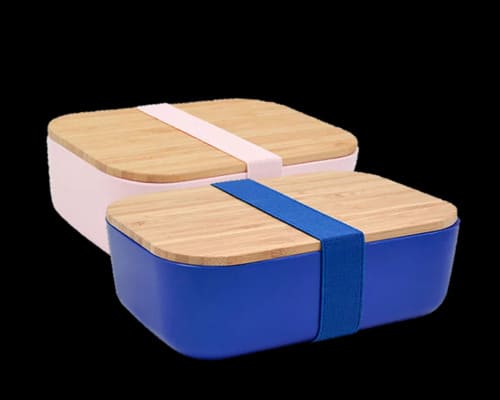
Generally, PLA biodegradable lunch boxes are made of polylactic acid, blended with other biodegradable materials.
As a matter of fact, PLA lunch boxes and cutlery were used at the 2022 Winter Olympics in China. The biodegradable materials used to make them are corn, sweet potatoes, sorghum, and other crops.
>>Corn Starch Lunch Boxes
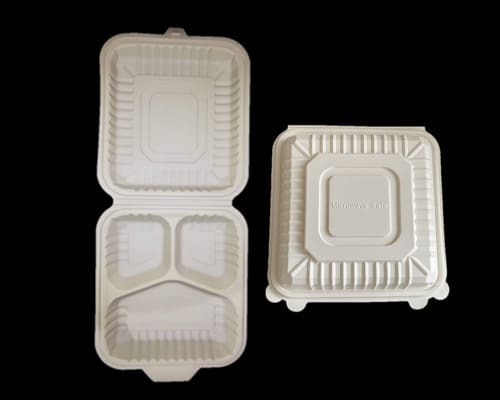
Organic corn starch and plant fibers are used as the main materials to make corn starch lunch boxes, along with bio-polyester, polyol and other substances.
According to their composition, these lunch boxes are naturally degradable in soil and natural environments, and the degradation rate can reach 60%-80%.
The use of these products, therefore, reduces the amount of white pollution in the environment to a certain extent, making them an ideal replacement for plastic products.
Over time, public environmental awareness will raise domestically, and biodegradable plastics will become more widely used. Meanwhile there will be an increase in the demand for environmental protection materials abroad, as well as an increase in the exports of biodegradable plastic products.
And no doubt bigger technological progress will be achieved, leading to lower costs in production and wider application. All in all, there is great potential for biodegradable plastics.